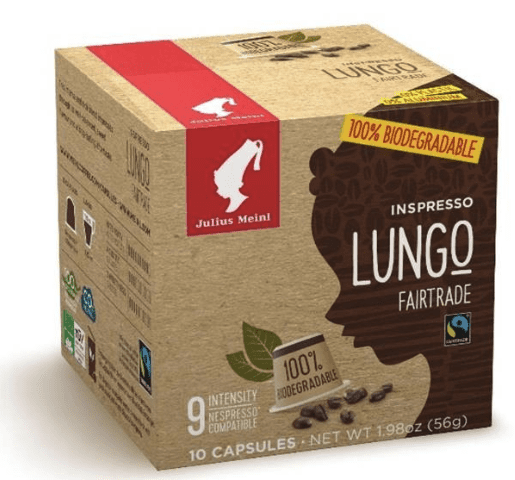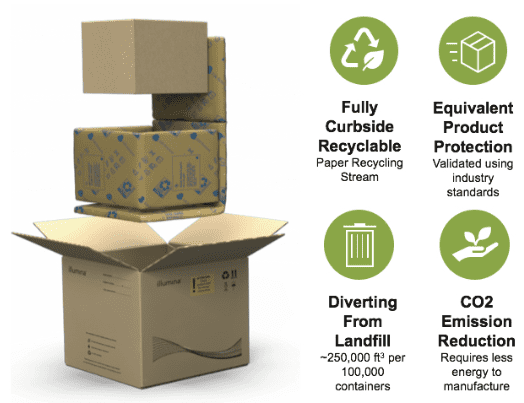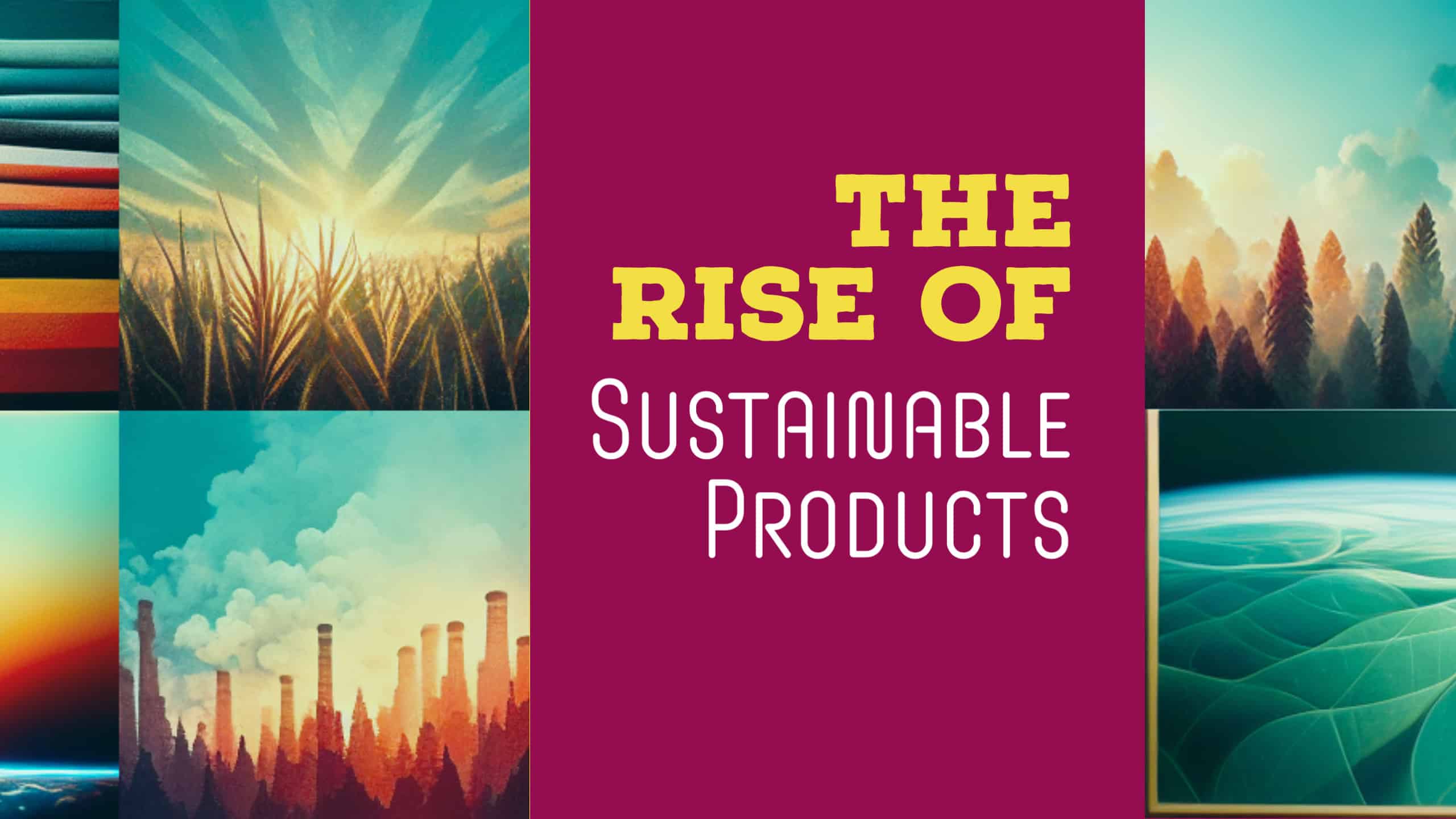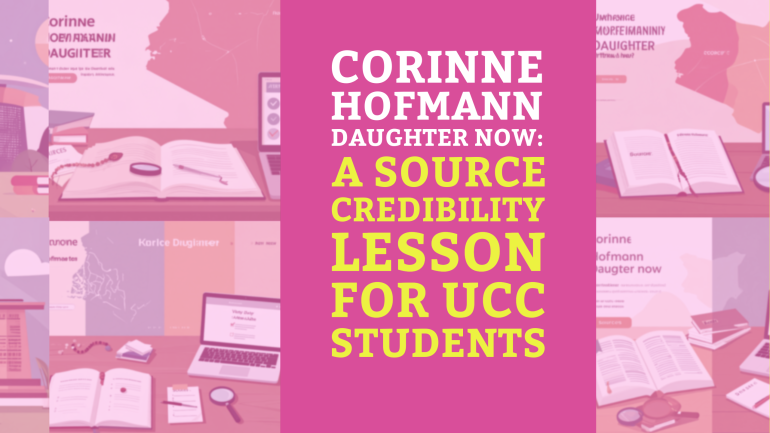Table of Contents
Sustainability is often defined as meeting the needs of the present without compromising the ability of future generations to meet their own needs. Sustainability is a complex issue and there are a number of different ways to approach it. One way to think about sustainability is in terms of meeting basic human needs. This includes things like access to clean water, food, shelter, and healthcare. It also includes ensuring that people have the opportunity to live fulfilling lives and to reach their full potential.
The impact of climate change, global warming and species extinction has made an impact on the mindset of consumers. The awareness of such issues has increased greatly over the years. Accordingly, consumers are also becoming increasingly aware of the environmental impact of business activities. The profit orientation of organisations may lead some organisations to act in ways that prioritise revenue over their potential impact on the environment in the long run.
History of Sustainable Products
As far back as 2015, NielsenIQ had already conducted a study on sustainability in business, and even then, 66% of consumers surveyed (from all over the world) already indicated that they would be willing to pay more for sustainable products. What interested them most was organisations which demonstrated a commitment to environmental friendliness and social values.
From then on, organisations are taking on a more proactive role in putting out sustainable products with sustainable packaging in order to fulfil this expectation from consumers. In particular, organisations increasingly are incorporating environmental friendliness into their branding.
This new norm of looking out for sustainable products spiked during the Covid-19 pandemic. During the various lockdowns all over the world in 2020, the public saw how the environment had improved with less cars on the road and less production activities in factories. With the amount of time on hand during the lockdowns too, consumers began to discover and implement a whole host of environmentally friendly activities, including recycling, upcycling, urban gardening. During the pandemic as well, new ideas of “sustainability” came up. On top environmentalism, “sustainability” took on other definitions as well during the pandemic. It began to include ideas on how fairly employees were treated by organisations, as well as the relationship between the organisation and the local community.
All these can be attributed to the increasing awareness of the ills of profit-oriented organisations that were widely reported by mainstream media as well as shared across social media. While in the 1990s, consumers adopted a “NIMBY” (not in my backyard) approach, which means that they wouldn’t necessarily care unless the risk was proximal to them, the impact of organisations on the environment and human rights these days is seen by consumers to be relevant to their lives and their futures.
Circular Economy and Sustainability
In light of this, consumers have indicated that they want more avenues that enable a “circular economy”. A circular economy is a model of production and consumption, and this involves sharing, leasing, reusing, repairing, refurbishing and recycling existing materials and products as long as possible. In this manner, production is not only for a one time use, but rather is a part of the consumption process. Although this may reduce profit margins of companies, it will increase the sustainability of the environment in the long term. A circular economy can be maintained by ensuring longer product use, second-life (refurbishment) and reuse of products. On top of that, consumers are also asking for less packaging and greener shipping initiatives such as delivering to an appointed central location for pickup.
Accordingly, organisations have responded to these new concerns and demands for sustainable products. Although this goes against the profit orientation of proprietary organisations, it is necessary in order to respond to the trending demand for sustainable products. In other words, organisations are putting off immediate revenue gratification for better branding and consequently improved revenue in the future. Among some of the measures implemented are:
Sustainable sourcing
The biggest brands in food manufacturing have turned to sourcing raw materials from producers which practice sustainable farming, especially through the Fairtrade certification. This has accordingly been applied to food packaging in order to demonstrate a commitment to sustainable and ethical practices. Consumers are these days astute enough to choose packaging which demonstrates a commitment to sustainable sourcing of ingredients or raw materials.

Environmental, social and governance (ESG) commitments
Organisations are committing more and more to environmental, social and governance (ESG) concerns now. ESG is a strong measure of an organisation’s sustainability, and organisations are often compared to each other via an ESG rating. The components of ESG are:
- Environmental
- Waste and pollution
- Resource depletion
- Greenhouse gas emission
- Deforestation
- Climate change
- Social
- Employee relations and diversity
- Working conditions
- Local communities
- Health and safety
- Conflict
- Governance
- Tax strategy
- Executive remuneration
- Donations and political lobbying
- Corruption and bribery
- Board diversity and structure
Famous producer of fast moving consumer goods (FMCG) Unilever has plans to reduce its emissions to net zero by 2039, as well as to invest in ESG initiatives to the tune of $1.1 billion. In fast fashion, Zara has pledged to use only sustainable fabrics by 2025, H&M has made the same commitment by 2030 and Adidas has pledged to phase out “virgin polyester” by 2024 (the problem with virgin polyester is that it comes from petroleum, a non-renewable resource. Also, its production relies on a carbon-heavy process that takes up 40% of all emissions from the fashion industry. Furthermore, polyester is not biodegradable).
Sustainable packaging
There is no point in having sustainable products if the packaging itself isn’t sustainable right? Packaging design has been a part of product manufacturing for hundreds of years. Today’s packaging design must also take into account the materials which are used to make the packaging. This material must conform to sustainability and ethical standards in light of the concerns of consumers today. Procter and Gamble and Nestle have plans to make its packaging recyclable and reusable by 2030 and 2025 respectively.

Social impact
Aside from the environment, organisations are also seeking to approach sustainability from a human rights perspective. Organisations such as Foxconn Technology Group have been under fire for their poor treatment of their factory workers, such as withholding bonus payments, rolling back safety training and employing more temporary workers than China’s laws allow. In response to the increasing demand for social impact, Swedish furniture manufacturer, IKEA for example, has increased its scope of social impact by securing a commitment to employ Syrian and Palestinian refugees at centres in Jordan. On a larger scale, this forms part of their initiative to employ disadvantaged people all over the world.
Future of sustainable products
Sustainable products are those that cause minimal damage to the environment and do not deplete natural resources. Sustainable products are made from renewable materials, such as plant fibers, and are designed to be reused or recycled. The future of sustainable products is very promising. As awareness of the importance of sustainability grows, more and more companies are investing in sustainable product development. This means that we can expect to see an increasing number of high-quality sustainable products on the market in the coming years.
As consumers become more environmentally conscious, they will demand more sustainable products. This will create a market for sustainable product developers and manufacturers, who will compete to produce the best sustainable products at the most affordable prices. This competition will result in continued innovation in sustainable product design and manufacturing, making sustainable products even better for the environment and our wallets. So, what does the future hold for sustainable products?





